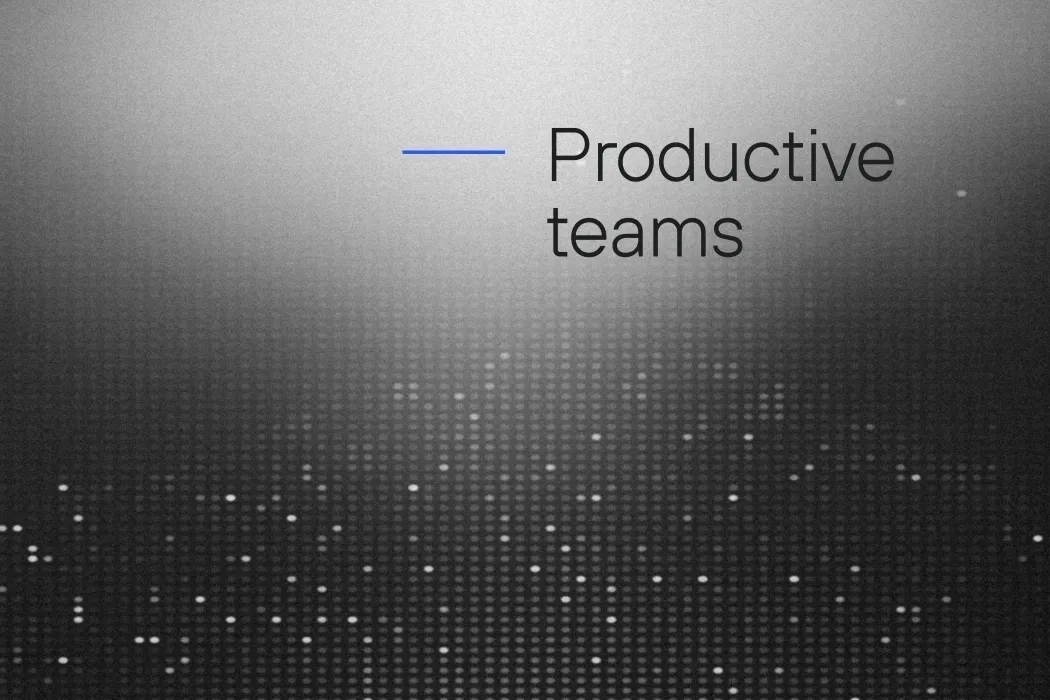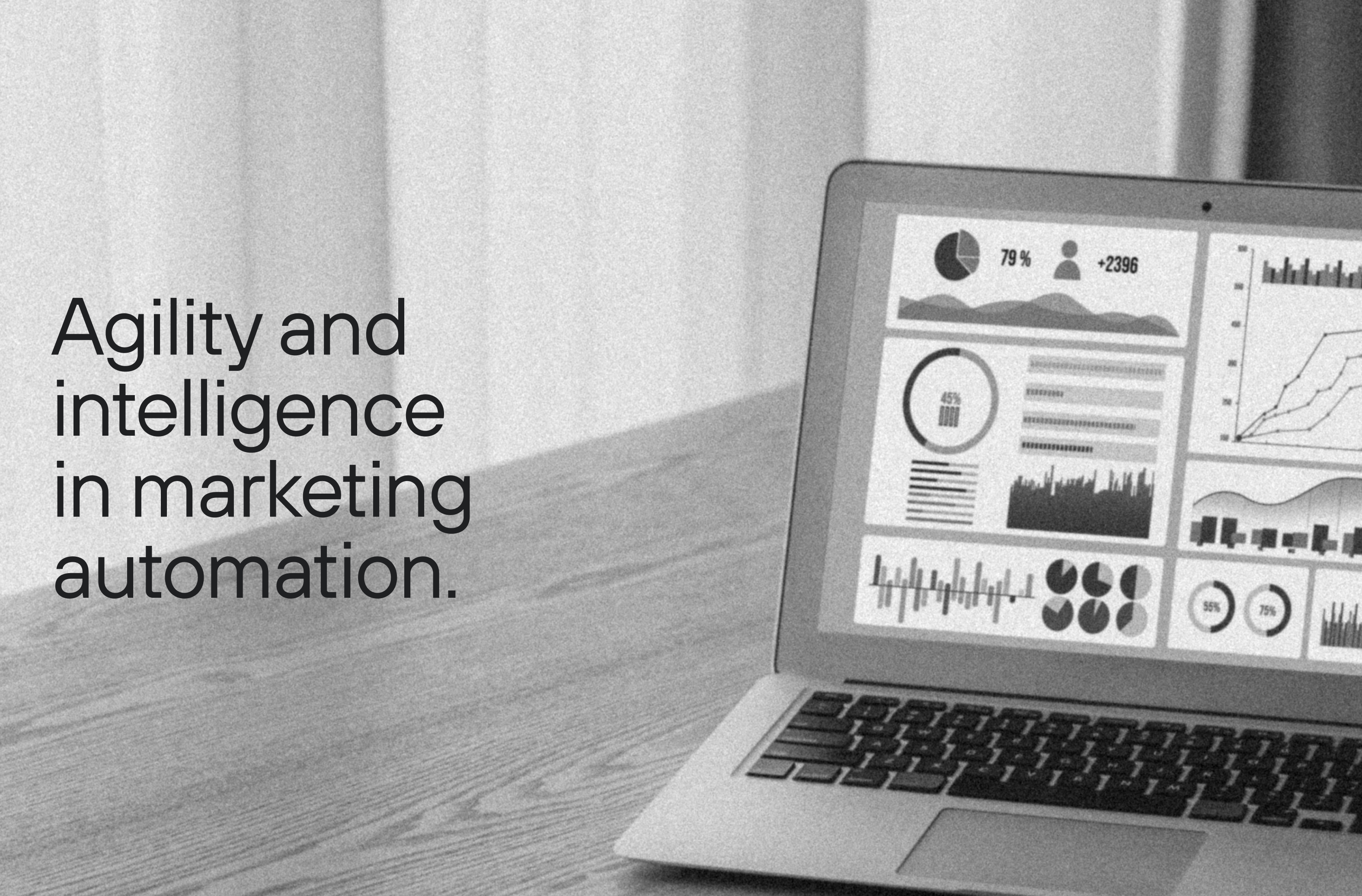
Still wasting time on repetitive digital marketing tasks? In a market where speed, intelligence, and personalization are (almost) everything, marketing automation is no longer a differentiator: it has become an essential strategy for companies looking to scale their results, enhance the customer experience, and increase marketing team efficiency.
By automating repetitive tasks like email sending, lead nurturing, and audience segmentation, teams can focus their efforts on strategic and creative decisions. What was once a trend has become a key element in generating value and achieving consistent results in today’s highly competitive digital landscape.
In this article, we’ll help you understand how automation works in practice, its most relevant benefits, and how to integrate it into your marketing operation. Keep reading!
What Is Marketing Automation and Why Does It Matter
Marketing automation utilizes technology and tools to automate digital marketing actions, including email campaigns, lead segmentation, social media posting, and data analysis. The goal is to create automated, personalized, and effective communication flows that operate continuously across every stage of the marketing and sales funnel. This reduces manual work, saves time, and boosts campaign performance.
As explained in this article by Rock Content, marketing automation is a method for enhancing communication efficiency and relevance to your target audience. Understanding and responding to a user’s moment of interest means sending the right content, at the right time, to the right person, and doing so at scale. The goal is to enhance the customer experience, increase engagement, and ultimately drive more conversions and sales.
Pro tip: Automate only what can be scaled without compromising quality. A common mistake is over-automating and losing the human tone of communication.
Need help automating your marketing? Get in touch
How Automation Enhances the Buyer’s Journey
From the first touchpoint to the final purchase decision, a lead receives relevant content tailored to their stage in the funnel. With the right tools, you can send targeted emails, apply lead scoring, and guide leads through a personalized nurturing flow, offering value and resolving doubts at every step.
Pro tip: Create distinct flows for each stage of the funnel, with clear goals defined for every phase.
Of course, for automation to be effective, it’s essential to map the customer journey using real data from tools like GA4 and Hotjar. Additionally, clearly defined personas should guide your automation strategy and tone of voice. This ensures greater accuracy in delivering value at every point of contact.
The Role of Content in Automated Flows
It’s important to highlight one key point: automation only works when supported by relevant, well-structured content. At every stage of the customer journey, content is what educates, informs, and motivates action. Valuable materials like eBooks, how-to guides, technical articles, segmented newsletters, live webinars, and explainer videos are essential to keep leads engaged and moving forward through the funnel.
For example, a lead who downloads an eBook might be added to an email sequence with additional insights. A webinar attendee might receive an implementation guide along with a free diagnostic offer. Automation acts as the conductor, but it’s the content that fuels the journey and turns interest into conversion. The key is delivering the right material, at the ideal time, in the appropriate format and tone for each lead.
Marketing and Sales Alignment Through Automation
A well-designed automation strategy also facilitates the creation of a Service Level Agreement (SLA) between marketing and sales teams. This ensures clear criteria around when to hand off leads and what information should accompany each opportunity.
For instance, leads that reach a certain score and show interest in a specific solution can be automatically sent to the sales team along with a full interaction history, including visited pages, consumed content, and completed forms. This allows for a more personalized and effective sales approach, shortening the sales cycle and increasing conversion rates. The funnel becomes more organized, predictable, and efficient.
Email Marketing vs. Marketing Automation: What's the Difference and Where to Start?
This is a common question for many marketing teams. While both involve sending messages to an audience, email marketing and marketing automation differ in scope, objectives, and complexity.
Traditional email marketing is more punctual and involves manually sending campaigns, typically to segmented contact lists. It's effective for announcing promotions, updates, or informative content in a direct manner. Automation, on the other hand, goes further by allowing continuous, personalized flows that adapt to a lead’s behavior over time.
Where email marketing sends a one-size-fits-all message, automation adjusts messaging based on user actions, such as downloading a resource, visiting a page, or opening a previous email. This increases engagement, adds relevance to communications, and improves outcomes.
Scalability is also a major advantage: automation grows with your lead base, adapting to different journeys and sales cycles. Unlike email marketing, which provides basic metrics, automation tools offer advanced real-time analytics.
Tip: Use email marketing as your starting point for communicating with your base. As your strategy evolves, implement automated flows that nurture leads based on their behaviors and individual needs.

Popular Automation Tools
- RD Station: ideal for Brazilian businesses seeking an all-in-one solution
- ActiveCampaign: robust and focused on advanced flow personalization
- Mailchimp: simple and primarily email-focused
- HubSpot: an integrated CRM with full automation features
These tools help implement effective automation and nurturing flows from the top to the bottom of the sales funnel. Before choosing a platform, consider your company’s digital maturity level, the flows you plan to implement, and the analytics features you’ll need.
Data Visualization in the Service of Automation
For automation to be truly strategic, data visualization can be a powerful asset. Dashboards allow you to monitor real-time data from multiple sources, such as CRMs, email tools, and campaign platforms, all in one place, enabling faster and more informed decisions.
This kind of visibility requires a digital infrastructure capable of system integration and data centralization. Solutions like Drupal offer a robust, flexible, API-based architecture that easily connects databases, analytics tools, and automation systems to your company’s digital environment. Your website becomes a smart hub where data and actions converge.
By combining this infrastructure with languages like Python, you can also build custom dashboards, automate reporting, cross-reference metrics across channels, and generate dynamic visualizations that guide better decision-making. A well-designed dashboard not only shows what’s happening and points to what should be done next.
Also read: CMS: What It Is, How It Works, and How to Choose the Right One for Your Business
From Planning to Execution: What You Need to Automate
To implement marketing automation efficiently, it’s essential to follow best practices that optimize processes and improve results. The table below offers a practical overview of the key steps, from mapping the customer journey to tracking KPIs, along with the main benefits automation can bring to your business:
| Category | Item | Description / Action |
|---|---|---|
| Best Practices to Get Started | Map the customer journey | Use real data to understand the entire customer experience. |
| Define personas | Create clear profiles to segment and target your audience. | |
| Build email flows | Develop flows aligned with lead behavior and lifecycle stage. | |
| Run A/B tests | Test different approaches regularly to optimize results. | |
| Monitor key metrics | Track open rates, clicks, and conversions for continuous improvement. | |
| Why Automation Drives Results | Less rework | Reduces manual and repetitive tasks for your marketing team. |
| Higher ROI | Ongoing nurturing creates more qualified leads, boosting ROI. | |
| Sales-ready leads | Leads arrive more prepared, easing the sales team's efforts. | |
| Operational efficiency | Fewer resources needed for better, more optimized outcomes. | |
| Getting Started with Automation | Maturity assessment | Analyze current processes and identify bottlenecks. |
| Choose the right tool | Select a platform that fits your business needs. | |
| Start with simple flows | Begin with basic flows like welcome, nurturing, and offers. | |
| CRM integration | Sync marketing automation with sales for alignment. | |
| KPI tracking | Define clear metrics and review them weekly for improvements. |
According to the 9th edition of Salesforce’s State of Marketing report, the digital marketing landscape has become more complex, technical, and competitive. Today, simply having a digital presence isn’t enough; it’s essential to build real connections, educate your audience, track every step of their journey, and convert all backed by data, technology, and a well-defined strategy.
I want to start marketing automation with Dexa
The Future of Automation: Artificial Intelligence and Extreme Personalization
The next frontier in marketing automation is its increasingly deep integration with artificial intelligence. Technologies such as machine learning and generative AI are expanding the potential for personalization, enabling content, offers, and approaches to be adapted in real time based on individual behaviors, preferences, and histories.
With intelligent algorithms, automation will be able to predict behaviors, recommend actions to marketing teams, and even create dynamic, adaptable content. This goes far beyond pre-defined workflows: we’re moving toward hyper-personalized interactions that uniquely speak to each lead at the right moment, with the right message.
Utilizing AI to analyze large volumes of data enhances pattern recognition and facilitates the discovery of new opportunities. This marks the beginning of a new era, one where automation not only performs tasks but also learns and evolves continuously to deliver better results.
Companies that get ahead and know how to combine strategy, automation, and AI will be better equipped to thrive in a constantly shifting market.
What Automation Can Do for You
Marketing automation is, at its core, about strategy. Every automated flow is essentially a structured conversation with your lead. When well designed, this conversation builds trust, educates the audience, and naturally leads them toward conversion. It's an investment that scales over time, optimizes resources, and boosts results.
Can you imagine your team focusing on creativity and strategy while technology handles the operational tasks? Now is the time to take the next step: rethink your processes, choose the right tool, and start small.
Frequently Asked Questions (FAQ): Marketing Automation
